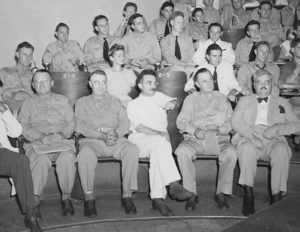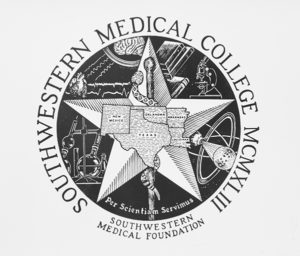Looking for more information on research methods? SAGE Research Methods helps researchers, faculty, and students with their research projects. Dive into research methods at various points along the research lifecycle with more than 1,000 books (including the Little Green Books, SAGE’s popular Quantitative Applications in the Social Sciences series), journal articles, reference works, datasets, cases, videos, podcasts, and more.
Need help getting started with research methods? Try the Methods Map, which provides key terminology definitions, and aids in exploration and discovery of various research methods. Identifying content related to measurement error, research impact, teaching research methods, and more is easy to do using the Methods Map. In addition to the Methods Map, user-driven reading lists, a project planner guide, and a stats test are also available.
SAGE Research Methods has a wide variety of resources of use to students, researchers, and faculty. One can also browse SAGE Research Methods by topic, discipline, or content type. Of particular interest within SAGE Research Methods are the following:
- SAGE Research Methods Cases provides more than 1,100 selected case studies, showing the challenges and successes of doing research. Written by the researchers themselves, the cases explain why the researchers chose the methods they did, how they overcame problems in their research, and what they might have done differently with hindsight. Cases are peer-reviewed and include learning objectives and discussion questions.
- SAGE Research Methods Datasets is a collection of selected teaching datasets and instructional guides that give students a chance to learn data analysis by practicing themselves. This bank of topical, engaging practice datasets, indexed by method and data type, are optimized to use in classroom exercises or in exam papers, saving faculty members hours spent sourcing and cleaning data themselves.
- SAGE Research Methods Videos contains more than 125 hours of video, including tutorials, case study videos, expert interviews, and more, covering the entire research methods and statistics curriculum.
SAGE Research Methods is provided by UT Southwestern and the University of Texas System Digital Library.



